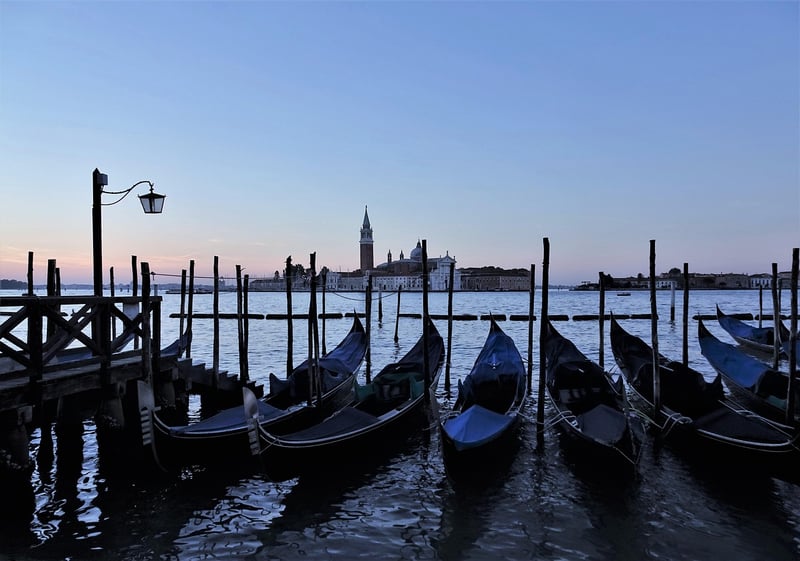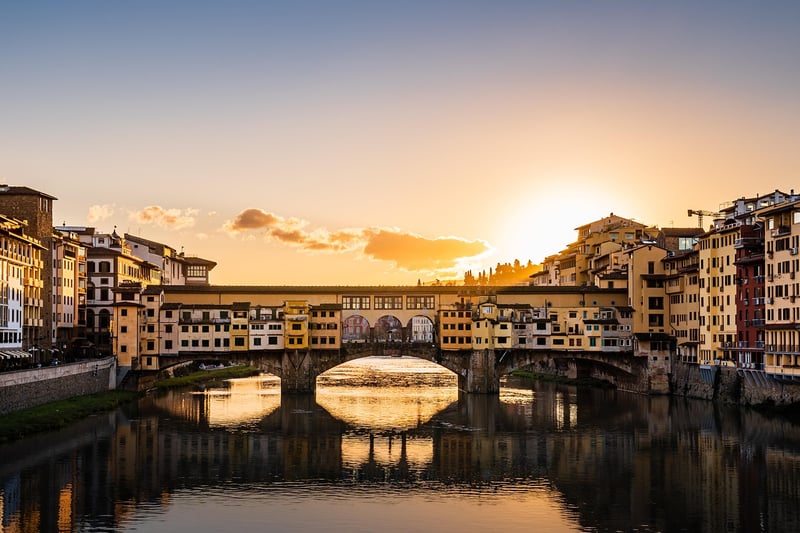Renaissance Era
The Renaissance Era: A Cultural Rebirth

The Renaissance Era, spanning from the 14th to the 17th century, was a period of profound cultural transformation in Europe. This era marked a transition from the medieval to the modern world, characterized by a renewed interest in art, science, and humanism.
Art and Architecture
During the Renaissance, artists like Leonardo da Vinci, Michelangelo, and Raphael produced masterpieces that are revered to this day. The period saw the revival of classical art forms and techniques, leading to the creation of iconic works such as the Mona Lisa and the Sistine Chapel ceiling.
Science and Innovation
The Renaissance was also a time of great scientific advancement. Figures like Galileo Galilei and Johannes Kepler made groundbreaking discoveries in astronomy and physics, challenging traditional beliefs and paving the way for modern science.
Humanism and Literature
Humanism, a key intellectual movement of the Renaissance, emphasized the importance of human values and achievements. Writers like William Shakespeare and Dante Alighieri produced timeless literary works that continue to inspire and resonate with audiences worldwide.
Legacy and Influence
The cultural legacy of the Renaissance can still be observed today in art, architecture, and philosophy. Its emphasis on creativity, individualism, and the pursuit of knowledge continues to shape our understanding of the world and our place in it.
Experience the beauty and innovation of the Renaissance Era by exploring museums, galleries, and historical sites that showcase the enduring legacy of this remarkable period in history.
Embrace the spirit of cultural rebirth and discovery as you delve into the past and uncover the rich tapestry of the Renaissance Era.
Image Source: Pixabay
